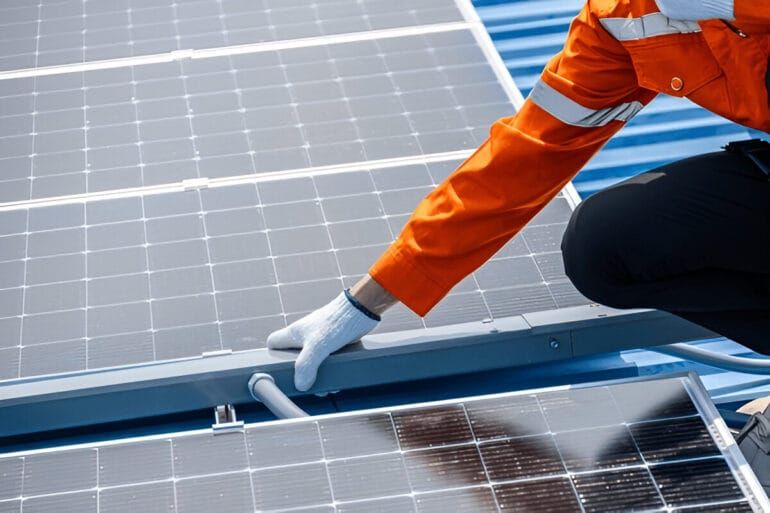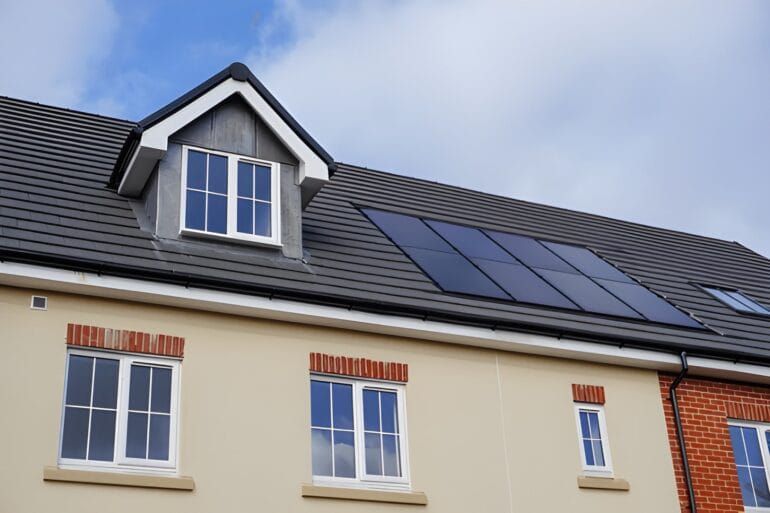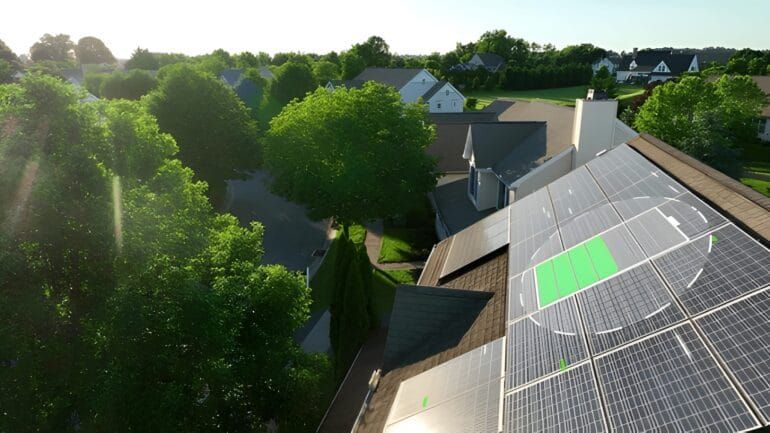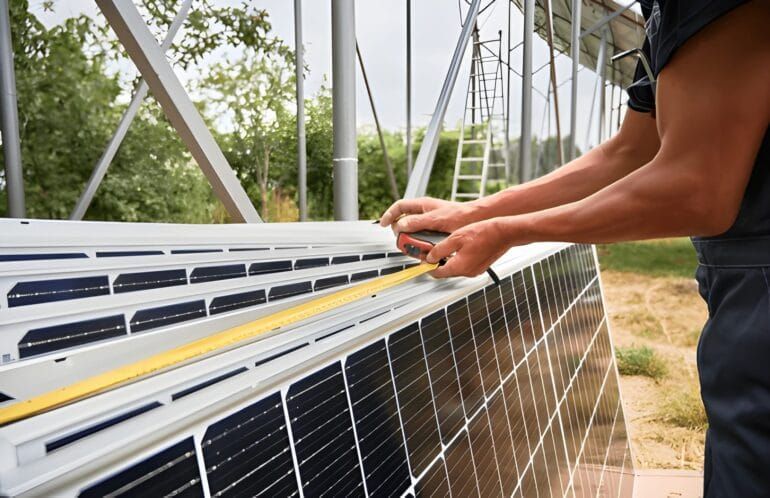Saving on electricity bills, being sustainable, and gaining energy independence through solar power is one of the strongest decisions homeowners can ever make. Whether you’re considering going DIY or hiring a professional, learning how to install solar panels at home is essential to success. In this comprehensive guide to solar panel installation, we will take you through the entire process of how to install solar panels in your house, both from the technical and financial aspect. This is a special article for Australian home owners, particularly those who live in Perth, consistent with the excellent services of Easy Solar.
Why Install Solar Panels in Your Home?
With rising electricity bills and worries about environmental sustainability, house improvement through solar panel installation is gaining currency in Australia. Installation of solar panels in homes guarantees:
- A constant supply of power
- Excellent savings on electricity bills
- Cleanly generated energy
- Added value to property
- Eligibility for incentives and rebates like net metering
If you’re planning to install solar panels at home, this guide will be an excellent resource.
Step 1: Evaluate Your Electricity Requirements
Before proceeding with your installation, gather your electricity bills for the past 12 months. Calculate the average monthly energy usage. This will help you:
- Estimate system size
- Understand your solar energy requirements
- Balance investment vs. savings
Knowing your energy consumption is key to deciding the most cost-effective solar panel installation cost for homes.
Step 2: Assess Your Roof’s Suitability
Most residential solar panels are roof-mounted. Inspect your roof for:
- Orientation: North-facing roofs are best in Australia
- Shading: Maximum sunlight exposure and minimize shading by trees or buildings
- Condition: Roof repaired or secured if needed prior to installation
- Surface area: Verify if there is sufficient area for requested panel size
This verification optimizes system performance and safety.
Step 3: Choose Between DIY and Professional Installation
Although DIY kits are available, professional installation offers a number of benefits:
DIY Benefits:
- Less upfront cost
- Greater control of the process
- Chance to learn about the system
Professional Advantages:
- Warranty and maintenance covered
- Grid connection organized
- Compliant with Australian standards
If you turn pro, use qualified installers such as Easy Solar that guarantee good work and quick turnaround.
Step 4: Plan Your Solar System Size

Utilize your energy audit to receive the ideal system size:
- Small Home (Low Usage): 3.5kW
- Medium Home (Average Usage): 6.6kW
- Large Home (High Usage): 10-13.2kW
Your system of choice must be within your budget and return on investment. This contributes significantly towards solar panel installation cost residential.
Step 5: Buy the Proper Equipment
Make sure you buy all the materials:
- Solar panels (Jinko, Trina, REC, etc.)
- Inverter (GoodWe, Huawei, etc.)
- Battery system (if you want to store)
- Mounting hardware
- Cables, conduit, wiring tools
Additional components such as junction boxes, fuses, AC breakers, disconnects, and PV meters might also be required. Cheapskating the installation of solar panels starts with the acquisition of quality yet affordable products.
Step 6: Site Feasibility Study
Sloping roof or flat roof, it is all the same. Perform a feasibility study in order to know:
- Weight-bearing capacity
- Solar orientation and access
- Local climate conditions
This is particularly necessary for home DIY setups. If unsure, experts such as Easy Solar provide free site consultations.
Step 7: Budgeting and Incentive Check
Research upfront costs and payback time. In Perth and wider WA, several government rebates are available to lower solar panel installation expense for houses.
- Find out Small-scale Renewable Energy Scheme (SRES) eligibility
- Find out about battery rebates possibilities
- Find out about council subsidies available locally
How to save on solar panel installation: Package deals, accept subsidies, and go for scalable ones.
Step 8: Ask for Grid Connection
If you wish your system grid-connected to the national electricity grid, you will require:
- Application for approval to become grid-connected (e.g., Western Power)
- Installation by accredited installers
- Net metering installation
Grid-connected systems enable you to sell excess electricity back to the grid as credits, increasing your ROI.
Step 9: Safety & Planning Before Installation
Whether doing it yourself or hiring professional installers, follow the following safety precautions:
General Safety:
- Wear gloves, goggles, and closed shoes
- Avoid roofing during bad weather
- Use harnesses when performing roof installations
Electrical Safety:
- Turn off all sources of power prior to wiring
- Verify zero voltage with a multimeter
- Conduct wires away from sharp surfaces
Having a good plan gets your solar panel installation for home improvement completed smoothly.
Step 10: Installation Process
Here’s the overall procedure of how to install solar panels at home:
- Mounting:
- Mount racking system tightly
- Seal roof with roof sealant to avoid leakage
- Use right fasteners for the roof type
- Panel Installation:
- Mount panels tight
- Inspect tilt angles to get maximum sunlight exposure
- Electrical Wiring:
- Connect panels to the inverter
- Utilize junction boxes, AC disconnects, and breakers
- Correctly ground all the equipment
- Inverter & Battery Setup:
- Mount the inverter close to your main distribution board
- Optionally, add a solar battery for energy storage
- Testing:
- Test voltage outputs
- Test system stability
- Register for warranties
In DIY installations, having paper work ready and adhering to Australian Electrical Codes is mandatory. For ease, Easy Solar offers turnkey solar solutions from design to connection.
Step 11: Post-Installation Checklist
Post-installation:
- Check system output
- Use final grid connection approval
- Register with Clean Energy Regulator
- Organize inspection (if needed)
Monitoring systems (web displays or software) allow you to track energy savings and production in real-time.
Step 12: Maintenance Tips – Keep Your Solar System at Peak Performance
After your solar panel system is installed and running, scheduled maintenance is crucial to provide long-term performance, safety, and efficiency. Solar panels, as with any significant home improvement system, are helped by regular inspections and maintenance. Failure to maintain may cause energy losses, system malfunctions, and shortened lifespan.
Here’s how to keep your solar system in top shape—whether it’s a simple family setup or something more sophisticated with inverters and batteries.
- Clean Your Panels Every 3–6 Months
- Dust, dirt, bird feces, leaves, and pollution can build up on your solar panels over time. Even the slightest film of grime will impair sunlight absorption and lower system efficiency.
- Cleaning frequency varies based on your environment. In dry, dusty, or city environments, it is best to clean every 3 months. For rural or wet environments, every 6 months might suffice.
- Soft cloths, water, and non-abrasive materials are the safest bet. Never use high-pressure washers, however, or harsh chemicals.
If your panels are on the roof and hard to reach, let professionals handle it for safety and proper technique.
- Check for Debris, Cracks, or Hotspots
During cleaning, visually inspect for any physical damage:
- Debris may block light or scuff the panel surface.
- Cracks or micro-fractures may not be apparent but can impair power output and provide a means of moisture entry.
- Hotspots—overheated areas of a panel—can be evidence of internal damage or shading problems.
- Thermal imaging equipment or professional assistance may be required to locate faults that will impair performance and are not visible to the naked eye.
- Inspect Battery Health (If Applicable)
If your system has solar batteries for power storage, it’s crucial to check their health:
- Inspect for corrosion, swelling, or leakage.
- Verify battery levels, voltage, and charge-discharge cycles.
- Most battery systems have digital monitoring; check these figures every month.
- Replace or service batteries as per manufacturer guidelines.
Well-maintained batteries provide improved energy reliability, particularly during outages or cloudy weather.
- Schedule Annual Professional Inspections
While do-it-yourself maintenance has its advantages, an annual professional inspection is strongly advised. Technicians can:
- Test inverter performance and wire integrity
- Conduct electrical safety inspections
- Pinpoint in-sequence inefficiencies
- Verify your system’s compliance with safety codes
- Easy Solar’s Maintenance Services
Making maintenance hassle-free, Easy Solar provides professional solar panel washing, performance check, and system health assessment. Their skilled teams make sure your investment keeps delivering maximum returns—efficiently and safely—year after year.
With regular care, your solar panels can last 25 years or more, maintaining high output and reducing long-term costs.
Conclusion: Why Trust Easy Solar?
If you’re based in Perth or anywhere in Western Australia, Easy Solar is your go-to provider for seamless solar transitions. From customized residential packages (like 6.6kW and 13.2kW systems) to professional installation, maintenance, inverter supply, and solar batteries — Easy Solar delivers it all.
Whether you choose DIY or professional installation, learning how to install solar panels at home gives you the assurance to make informed decisions. With this comprehensive solar panel installation guide, you’re in charge to:
- Minimize your carbon footprint
- Optimize ROI
- Bask in uninterrupted clean energy
If you want to reduce your solar panel installation price for homes, receive assistance for solar panel installation for home renovation, and learn how to save on solar panel installation, then contracting with Easy Solar is the way to go.
Begin today with a free site visit and consultation from Easy Solar.
Ready to Power Up?
Go to Easy Solar and take the first step toward a sustainable, energy-efficient home.







